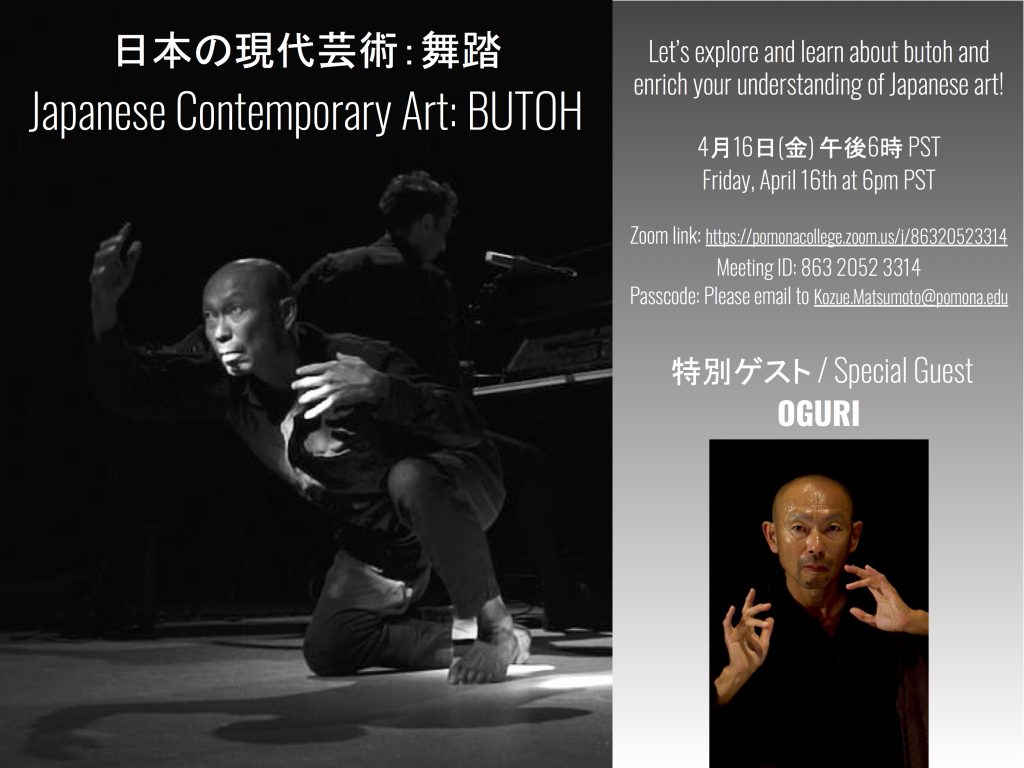Class theme/topics discussed: Russian art, paintings.
Goals of the class: to familiarize the Ss with some of the most prominent examples of Russian art, to talk about art and art preferences in general, to learn vocab related to art.
How did you structure the class? To begin with, I put 9 wooden letter cubes in front of the Ss, for them to assemble a word ИСКУССТВО (art). I introduced the topic and asked them to discuss these questions in pairs: 1) Do you like art? 2) What do you already know about Russian art? After that we proceeded with the PowerPoint about the types of art: landscape, still life, portrait. We talked about them for a while and then I gave the Ss 5 most well-known paintings that I printed out. Their task was to imagine that they were IN the painting; they had to discuss each painting in pairs- 1) what they could see, 2) what was happening around them, 3) what emotions those surroundings evoked and 4) whether they liked being in there or not. After the discussion I gave them the names of the paintings to do the matching. Then each of them chose a painting they liked most and had to do the same task as my INT student- find more information about the painting (who was the artist, when the painting was created, 1 fact about the artist and 2 facts about the painting). I did the same thing with the 1 painting that was left. When everyone was done and we all exchanged information, we arranged the info and the pictures on the bulletin board and thought of a name for our gallery – Oldenborg gallery So, after the gallery was created, we talked a bit more about the most famous Russian gallery in Moscow, in which all of our paintings are stored, and the CC was over.
What technology, media or props did you use? (Internet resources, handouts, etc.)
PowerPoint, whiteboard, printed out paintings, markers and pencils, sheets of paper.
What worked well in this class? What did not work?
The topic was great! The Ss did not know much about Russian art at the beginning and were willing to learn more. Also the general vocab about art was useful.
How could this class be improved/ modified? Since I already had this same idea at the previous CC with my INT student, I have modified the lesson a little already. This time I feel that it was smoother.
























